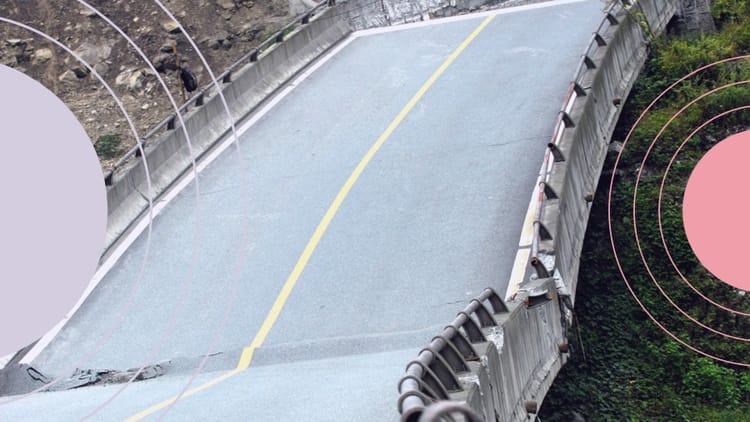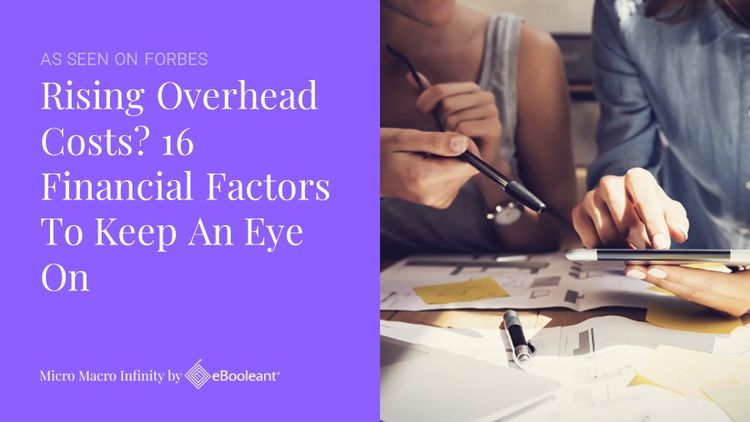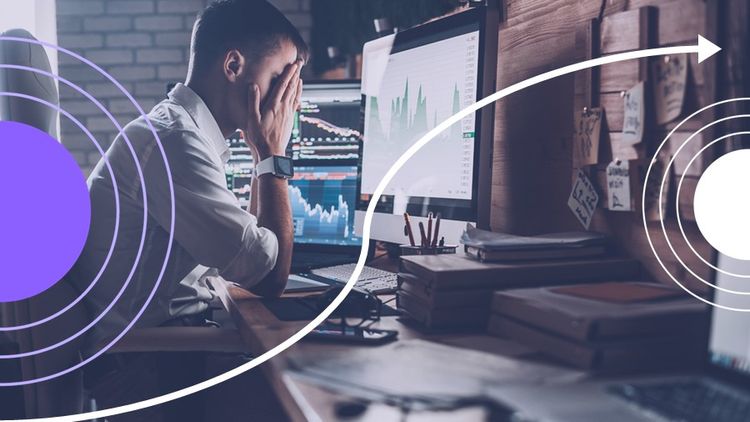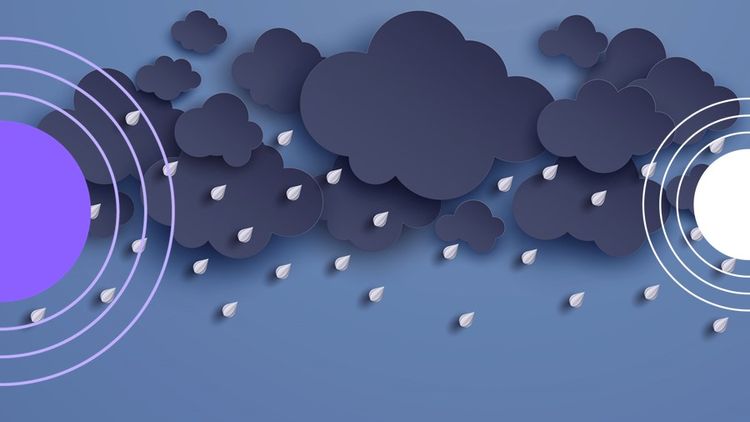Guns, Covid-19, and Inflation

Europe’s wars are our wars. And the Ukraine war compounds our Covid war, which is still, to varying degrees with us, and certainly, it is with China. The last several years have demonstrated that our culture and economy are subject to the whims of wars as they always have been. This was explored in Jared Diamond’s classic, Guns, Germs, and Steel, and the title of my article is a take on this and a reminder that wars and germs have always recast human lives, and ultimately the economy, and our investments.
Having two wars will lead to an inexorable restructuring of our world’s economy and among its first manifestations is inflation. One of the basic arguments for inflation is demand-pull. And the Covid war created historic levels of demand. The Covid war is clearly a biological war, and a full world war against a virus. Like all wars, the Covid war drained us of our resources. And since we do not know where Covid came from exactly, or when it will end, we need to continue to prepare for the possibility of a new emergence of a new virus and further inflationary pressures.
We can add to the effects of the Covid war to the Russian assault in Europe, which presents us with a traditional brutal World War II subjugation of a country. The war is very typical of the conflicts which the continent has seen for thousands of years. Neither Congress nor the Fed gave these wars the inflationary respect they needed.
Our financial institutions, particularly the Congress and the Federal Reserve, have shown little respect for the geopolitical process now afoot. Unfortunately, investors are stuck with their poor decisions. The economic consequences will be lower GDP growth and a chaotic investment world. These are not the 1970s and the Fed will not magically save us. Nor will it pop our bubbles. But investors who understand what’s going on can navigate their way through it now.
War and inflation
Inflation is a great stressor. Americans are stressed. The combination of inflation and the Ukrainian war add to two years of disruption and isolation from the Covid war. Americans have little illusion about the new European war. We own it—we own it through NATO and if we did not, Russia and China would very likely bring it to us.
Wars are costly and the inflation it induces seems new to American investors. And in all fairness, it has been a long time since we have experienced an appreciable amount of inflation. In fact, for a number of years, the concern has been that inflation was too low. Now Americans are not used to inflation rising.
Average inflation rates in the double-digit are ancient history to most of us. But they did occur. In 1980 Consumer Price Index (CPI) rose 13.5% which was more than any year in World War II. And this is clearly not the limit. The most recent CPI was 7.9% which foretells more to come.
Coming to grips with history
It takes individuals a while to absorb the reality of an inflation surge. Its effects politically have not been absorbed either. Investors of all types, especially academics, have been slow to accept the coming tide of inflation. Instead, many academics continue to endorse Modern Monetary Theory with its now obvious inflationary flaws.
The lack of association of wars and inflation probably comes because the Kosovo war and Gulf Wars left no great inflation mark. Some wars, like these, had low human cost. Others were immensely expensive like World Wars. But we have not had a world war for almost a century.
Our future is different now. A war like Vietnam slowly grew to be very costly. Investors should expect war with Russia on top of a war with Covid, will lead to much higher costs in the military, amid the clamoring for ever higher social expenditures. And in the background, there is another potential war looming between China and Taiwan.
The problem with standard economic models
Even though wars have been associated with inflation, we have not gotten good predictions from economic models. In fact, they have been poor predictors of inflation. As a result, prior experience is the best model we have. No two historical periods really match each other. But the two wars model we appear to be in with Covid and the Ukraine sits below a World War but beyond Iraq. In the 1970s we were in a war in Southeast Asia and at war on a separate economic front with OPEC, but Europe was stable. The social demands were extensive, like now, having just exited the social rebellions of the 1960s.
The 1970s look like a good model now. But the 1970s happened in an entirely different world. The population of the US at that time was 205 million, far smaller than today’s 332 million and the world order was largely set.
Our larger population, for example, means that supply chains, particularly fixed items like pipelines, refineries, and interstate highways, are much more leveraged now. This guaranties higher volatility in product prices and higher prices in a shortage.
Get set for a new world
But the main problem for us over the next decade is that the Pax Americana is over. Adjusting for the severity of the combined Russia/China challenge, we should expect several inflation surges for the next decade. We risk a cumulative rate of inflation of over 100% in the next decade (it was 112%in the 1970s) and multiple recessions. Pockets of growth, particularly technology can expect to occur, but the general welfare of the country is in for a pause.
Investor Focus
Expect volatility to be significantly higher going forward and inflationary challenges to arise from geopolitical and social concerns. It will not abate, nor will we see a simple repeat in the 1970s. Your portfolio will depend critically on whether hot wars continue to evolve and who wins.
We hope you enjoyed this article. Please give us your feedback.
This article is not intended as investment, tax, or financial advice. Contact a licensed professional for advice concerning any specific situation.





